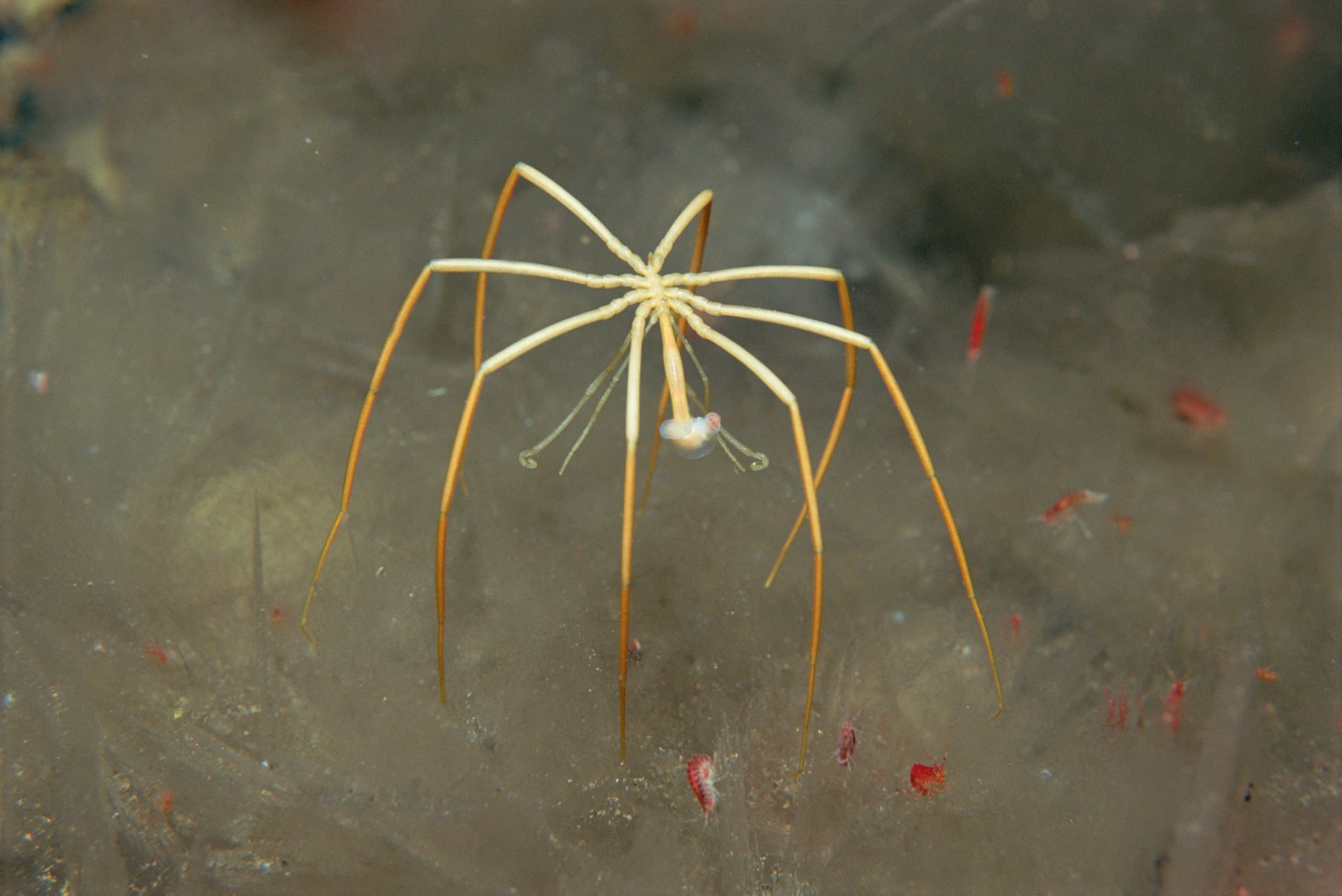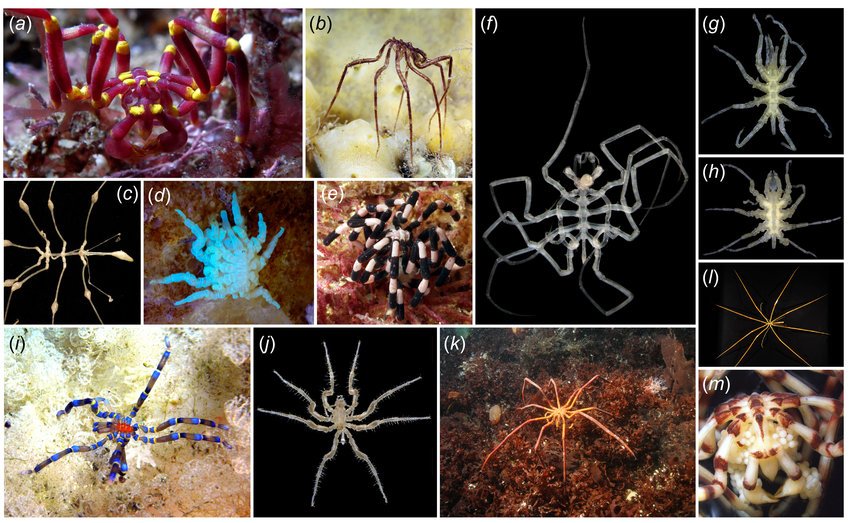Heck no: the giant Antarctic sea spider

Bec Crew
Bec Crew

Look at this lanky orange hellspawn. I’m going to go ahead and say that we are not buying whatever it’s selling. We’ve got enough problems without having to contemplate the motivations of this faceless alien baby.
Meet the giant Antarctic sea spider (Decolopoda australis), seen here absolutely dwarfing a European sea spider.
An example of gigantism, wherein an animal grows unusually large due to a lack of predators and other factors that would limit their size, the Antarctic sea spider can grow to more than 30cm in diameter (about the length of a chihuahua). The European sea spider, by comparison, is just a few centimetres long.
Antarctic sea spiders are found all the way along the coast of Antarctica, at depths of more than 1800 metres. While they certainly look like a spider, Antarctic sea spiders are no spiders at all. They’re not crustaceans, either. Rather, they’re marine arthropods that belong to the sea spiders family Pycnogonida.
Sometimes referred to as pantopoda, meaning “all legs”, sea spiders can have between four to six pairs of legs, depending on the species. Antarctic sea spiders have five pairs, as you can see here:
Is anyone else getting serious huntsman energy from these things?
Those legs are absolutely everything to the Antarctic sea spider – they’re where its vital organs are kept, because it doesn’t have much of a body to speak of. Its proboscis is also important, because that’s what it uses to suck the insides out of worms, jellyfish, sponges and other soft-bodied prey.
As this blog by the Australian Marine Biodiversity Hub explains, sea siders have no specific organs for respiration or digestion.
“Respiration is by gaseous exchange through the cuticle wall, digestion is intracellular and blood circulation is primarily activated by movement or pumping of the legs,” the blog describes. “They are little more than a tube within a tube.”
The good news for us is that sea spiders are completely harmless. They don’t contain venom, and they don’t bite. They simply swim around (they’re actually quite good swimmers) and wander the ocean floor, looking for a meal or a mate.
Here’s a different species, called Colossendeis Megalonyx, which is also large and found in Antarctic waters, nosing around for a snack in the substrate:

Scientists are absolutely fascinated by sea spiders. It’s thought that they’ve been around for a whopping 500 million years, and they’ve diversified so many times over the millennia, they now boast an incredible array of colours, body shapes and sizes:

Here’s a researcher talking about why they’re such an interesting creature to study:





